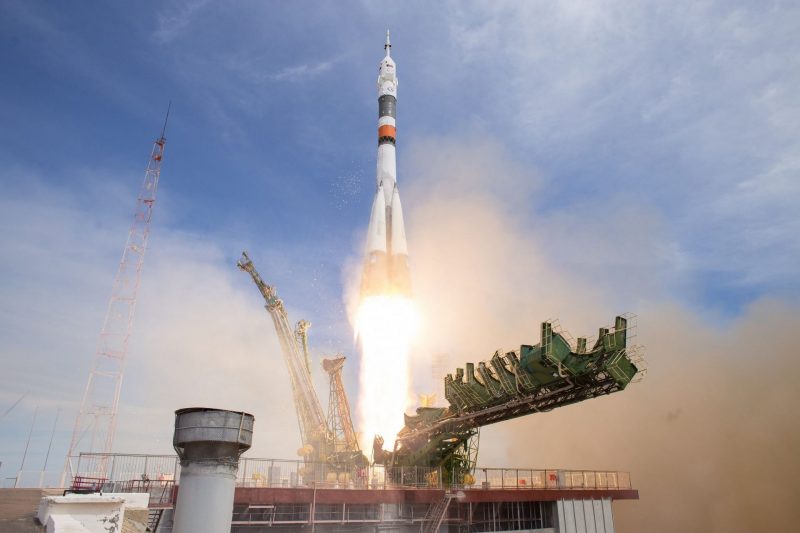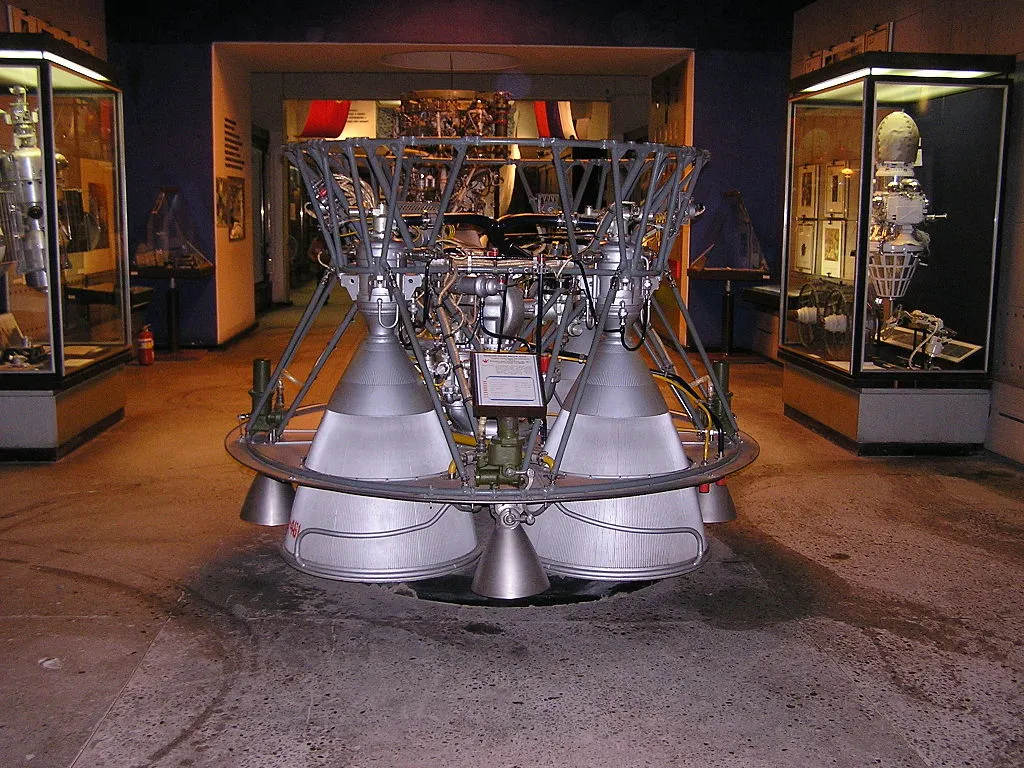Lift Off Time | February 20, 2020 – 08:24 UTC | 11:24 MSK |
|---|---|
Mission Name | Meridian-M No. 19L |
Launch Provider | Russian Federal Space Agency |
Customer | Russian Space Forces |
Rocket | Soyuz 2.1a / Fregat-M |
Launch Location | Site 43/4, Plesetsk Cosmodrome, Arkhangelsk Oblast, Russia |
Payload mass | Unknown (it’s a secret) |
Where are the satellites going? | Highly eccentric Molniya orbit (previous example: 900 km × 39000 km) |
Will they be attempting to recover the first stage? | No. Soyuz rockets don’t have this capability. |
Where will the first stage land? | It will crash into the ocean (near the North Pole) |
Will they be attempting to recover the fairings? | No |
Are these fairings new? | Yes |
This will be the: | – 98th flight of a Soyuz-2 rocket with Fregat upper stage – 1st mission for Russia’s Space Forces in 2020 |
Where to watch | Official livestream |
What’s all this mean?
Russia’s Federal Space Agency is launching a Meridian military observation satellite into a highly elliptical “Molniya” orbit in order to keep an eye on things back down here on Earth. Because it’s a military satellite, not a lot is known about this space vehicle. But where it’s going to in space is really interesting – so let’s look into this.
So is “Russian Space Forces” an actual agency name? Apparently so! They are a branch of the Russian military, and are entirely separate from the civilian space agency RosCosmos.
Introduced in 1966, Soyuz has been the workhorse of the Soviet/Russian space program. The first launch of the Soyuz 2-1a version on November 8, 2004 from the Plesetsk Cosmodrome represented a major step in the Soyuz launch vehicle’s development program. Fregat is the upper (4th) stage of Soyuz 2.1, and it first flew in the year 2000.
The Soyuz version currently being used for most satellite launches (as distinct from crewed capsules or cargo capsules to the ISS) is a four-stage launch vehicle, which consists of:
- four side boosters (first stage)
- a central core booster (second stage)
- a third (central) stage
- the re-startable Fregat “upper” stage (fourth stage)
It also includes a payload adaptor/dispenser and fairing.
The side boosters’ RD-107A engines are powered by liquid oxygen and kerosene, which are the same propellants used on each of the lower three stages. The kerosene tanks are located in the cylindrical part and the liquid oxygen tanks in the conical section. Each engine has four combustion chambers and four nozzles.
During side booster separation, the boosters perform a well-known pattern, in which they peel off and cartwheel outwards! This is known as the “Korolev cross”, named after Sergei Korolev, the Chief Design Engineer of the USSR space program in the 1960s.
The center core stage is fitted with an RD-108A engine, and also has four combustion chambers and four nozzles. It also has four vernier thrusters, used for three-axis flight control once the side boosters have separated. The third stage engine’s thrust enables the stage to separate directly from the central core. This is called “hot staging”.
The third stage uses either an RD-0110 engine in the Soyuz ST-A (2-1a) version, or an RD-0124 engine in the ST-B (2-1b) version. This flight is using a 2-1a vehicle, so in this case the stage has an RD-0110 engine.
Flight qualified in 2000, the Fregat upper stage is an autonomous and flexible stage that is designed to operate as an orbital vehicle. It extends the Soyuz launcher’s capability, now covering a full range of orbits (LEO, SSO, MEO, GTO, GEO and Earth escape). Fregat is independent from all the other stages, as it has its own guidance, navigation, attitude control, tracking, and telemetry systems! The stage’s engine uses storable propellants – UDMH (unsymmetrical dimethylhydrazine) and NTO (nitrogen tetroxide) – and can be restarted up to 20 times in flight, so that it can carry out very complex missions.
The Fregat upper stage is encapsulated in a fairing with the payload and a payload adaptor/dispenser. So…
What about the payload?
The Meridian satellites are second-generation communications satellites that replaced the earlier Molniya and Raduga space vehicles. The “Molniya orbit” is named after the Molniya series of satellites, because these were the first to be launched into such an unusual and previously unused class of orbit!
What we can say about the Meridian series of satellites is that they are built by ISS Reshetnev, and have some similarities in terms of the underlying “bus” (space vehicle equivalent of a car chassis) with GLONASS navigation satellites – the Russian version of Global Navigation Satellite System (GNSS), for which the American version is called Global Positioning System (GPS).
The Meridian satellites operate in this special orbit called Molniya, with a perigee (closest distance to Earth’s surface) of 900 km (560 miles) and apogee (furthest distance from Earth’s surface) of 39,000 km (24,000 miles). We should add that the orbit is tilted with respect to Earth’s equator by an inclination angle of 65°. All very odd!
So if we can’t tell you much about the satellite, what can we say about this funny orbit? Well, it’s designed very carefully and cleverly, so that because the vehicle is traveling at different heights on either side of its orbit, that forces the vehicle to go at very different speeds on either side of the orbit. But, why is that important here?
Well, if the satellite is traveling nice and slowly, such as in, say, a Geostationary orbit over the equator, the satellite can “see” the same area on Earth all the time. Maybe that’s useful (like, if you want to install your satellite TV dish on the side of your house and not have to steer it all the time)? But Geostationary orbits only give good coverage over the equatorial regions, and they can’t see the ground so clearly at high latitudes (far North, and far South). So how could we get a satellite to spend all of its time over a fixed high latitude point like a Geostationary satellite? Spoiler alert: we can’t. But we can do something nearly as good…
Suppose we leave the satellite way up high in altitude over the part of the Earth that we want to observe (meaning that it’s moving slowly), and we don’t care so much about observing the other side of the planet with this satellite, then we can go much, much faster on the other side of the world by racing back down towards the Earth and almost slingshotting our vehicle back up the other side of its orbit. This gets us back to where we want to spend most of our time much more rapidly than by staying at a high altitude in circular orbit the whole time! This gives us more observing time over the part of the world where we want to see. It turns out this really clever orbit takes the satellite back to the same highest point over the Earth on every second orbit! Even as the Earth rotates underneath it! This is really useful if a lot of your territory is at far North (hello Russia) or far South latitudes and you want to get TV signals (or do other secret things) over your (or other peoples’) territory.








